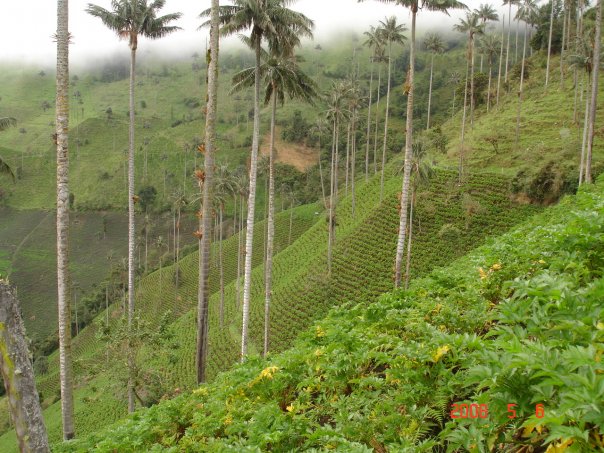Climate-Smart Agribusiness
- Jul 20, 2024
- 2 min read
Updated: Aug 5, 2024
According to the Food and Agriculture Organization of the United Nations (FAO), Climate-Smart Agriculture (CSA) pursues three main objectives: the sustainable increase of agricultural productivity and incomes, the adaptation and creation of resilience to climate change, and the reduction and/or absorption of greenhouse gases, as far as possible. In other words, agricultural production must be sustainable, it must generate income without compromising resources for future generations.
Agriculture participates with about 20% of CO2 emissions into the environment, for this reason it is important to focus efforts, from the public and private sectors, on promoting policies that guarantee the implementation of sustainable practices within productive projects, such as soil conservation, reduction in the use of agricultural inputs, etc. conservation of water resources, conservation of beneficial organisms and reforestation. But in addition, these projects must be focused on the community and its individuals, people must improve their living conditions, health, education, political, economic and cultural participation. But for the story to be complete, agriculture must be profitable and generate income and wealth. Agriculture as an independent activity has a low impact on regional development and growth, this activity must be integrated and consolidated within the Agribusiness. Agricultural production, transformation, processing of agricultural products and the marketing of raw materials or different mass products is what we know as Agribusiness, an activity that can generate a great impact on the development of regions.
So, I think it's time to start using the term "Climate-Smart Agribusiness". From agricultural production with low environmental impact, proper management of soil and water resources, and low emissions to transformation processes with a strategic plan for waste management, low emissions and a corporate social responsibility plan that guarantees the well-being of people and communities.
Anaime, Cajamarca, Tolima, Colombia June 2008
In the previous image you can see a beautiful landscape, a crop of Yellow Arracacha, interacting with a forest of the traditional Wax Palm, normally protected in areas of parks and nature reserves. It is very possible that in this area it is not allowed to cultivate, however, there are large and small farmers who have subsisted all their lives with the cultivation of Arracacha, many of them in protected areas. Should protected areas be exclusively for conservation and reforestation? Can a nature reserve area be productive and generate development? Can an interaction such as Arracacha and Wax Palm be a sustainable model?
One of the objectives of Climate-Smart Agribusiness is to generate sustainable development, it is not impossible to produce in a reserve area in a sustainable way, the technological advances of today and tomorrow must contribute to the design of efficient and sustainable agro-industrial production systems that generate wealth, well-being and that guarantee the protection of the environment and the community.

USAID Climate-Smart Agriculture Event June 2024



コメント